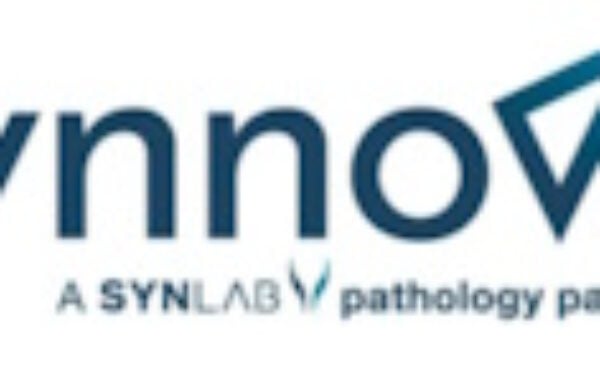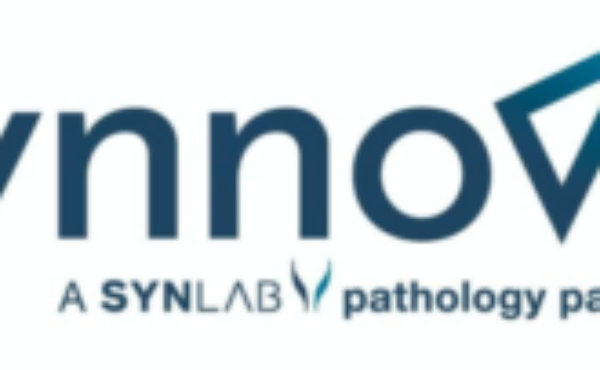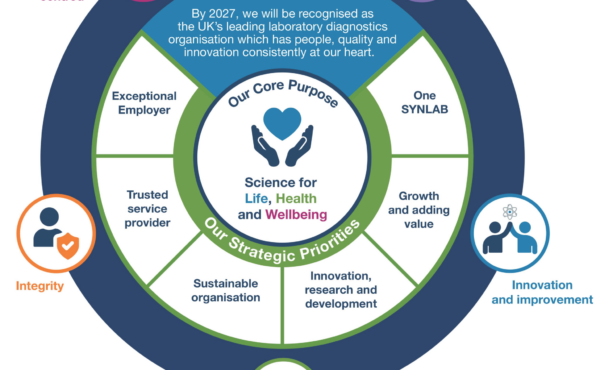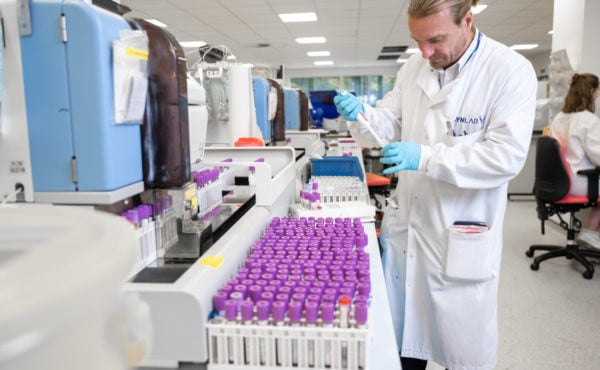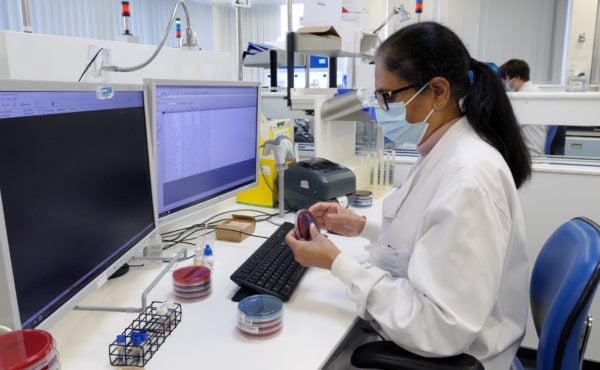Published: 4th June 2020
Introduction
Following the introduction of the Gender Pay Gap (‘GPG’) Transparency Regulations in 2017, SYNLAB UK & Ireland is pleased to provide their third GPG report. Although the government is not expecting employers to submit reports in 2020 because of the coronavirus outbreak, SYNLAB believes that these reports are important.
Only one of our legal entities meets the large employer criteria; the data included within this report relates only to IPP Analytics Limited.
Our company is meritocratic, so men and women with the same performance and experience in equivalent roles are paid equally, in roles underpinned by job evaluation and banding frameworks.
We have a median gender pay gap of 4.2%, this is lower than last year (7.4%). The change reflects the positive changes in the proportion of women within our upper and upper middle quartiles and a reduction in the proportion of women in the lower middle quartile. We also continue to compare favourably to the national median pay gap of 17.3%1
We remain committed to the principles of diversity and inclusion, which we believe is a key enabler for both our people and business to perform better. The company launched a Diversity and Inclusion group, drawn from across our UK&I business in 2019 as part of that commitment.
One element of that commitment is transparency around our gender pay gap, the reasons for this and being clear about the how we hope to address the issue.
Now we have three years of gender pay analysis the company can start reviewing some of the underlying factors within the data.

Arnaud Gueny
Chief Executive Officer
SYNLAB UK & Ireland
1. According to the Office for National Statistics (ONS) figures, the national median pay gap for all employees is 17.3% in April 2019.
Data summary – hourly rates
Women’s hourly rate is…
11.7% lower (mean)
4.2% lower (median)
The trend over time is shown graphically:
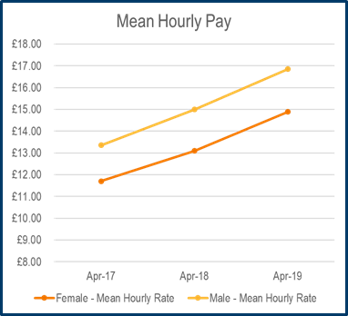
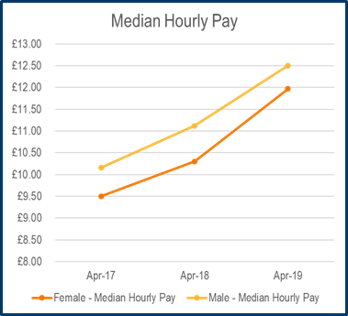
- The mean (average) hourly rate for women is £14.89 (13.6% higher than last year). For men, the mean hourly rate is £16.85 (12.4% higher than last year).
- The median (middle) hourly rate for women is £11.97 (16.2% higher than last year) whereas for men, the median hourly rate is £12.50 (12.4% higher than last year).
- 73.6% of our workforce is female. Women account for 66.0% of the work force in the upper quartile, which is ahead of the UK national average2 (39.7%), which is one of the reasons why we believe our pay gap differential is better than the national position.
2. According to the CIPD Analysis of Gender Pay Gap Service Gov.UK data (2018-19)
Data summary – bonus payments
Bonus payments
Women’s bonus rate is…
Who received bonus pay
25.9% lower (mean)
2.6% women
45.0 % lower (median)
2.3% men
- A total of 12 people were in receipt of a bonus during the reference period (May 2018 – April 2019). This equates to 2.6% of women and 2.3% of men in receipt of a bonus.
- Bonus payments are made either as an incentive to join the company (9 people), on promotion to key roles as a retention payment (1 person) or on a limited, discretionary basis for performance (2 people).
- The average bonus payment made to women was 6.10% lower than that received by men. The median bonus received by women was 5.33% lower than men. This may be explained to a change in the joining bonus scheme from staged payments to one lump sum.
Data summary – pay quartiles
- Pay quartiles show how many men and women are in each quarter of our payroll. We have commenced analysis into the percentage of women within the upper quartile pay category, which remains lower than our workforce gender percentage, and their career paths to understand how this is impacting our gender pay gap. Information relating to this is displayed in the section below.
- We have also started to review the data around the impact of unsocial hours working (i.e night and weekend shifts which have pay enhancements) on our gender pay gap to understand if this is a significant factor.
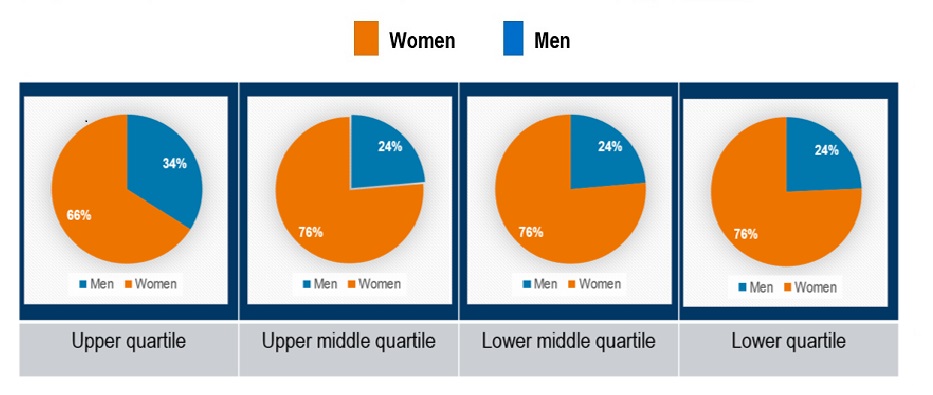
Understanding our gap – Upper Quartile Career progression of women
- Last year we committed to analysing why the percentage of women in the upper quartiles of earning is lower than the overall percentage of women in our workforce, and lower than the average in the other three quartiles. We want to understand if there are differences in aspirations, needs and requirements of women and men.

- Reviewed over 3 years, the percentage of women has decreased within the upper quartile. Some of the reasons for the reduction in female participation in the upper quartile are actually positive changes such as promotion into a different employing entity within SYNLAB, to spending time on maternity leave, enjoying new babies.
- Other reasons for women leaving the Upper Quartile between 2017 – 19 involve staff choosing to progress their next career step with a competitor, relocating to another part of the UK and moving down to the Upper Middle quartile usually due to a reduction in working shifts during unsocial times.
- Whilst there will always be an element of movement in any workforce, 81.9% of the female staff in the Upper Quartile in 2018 were remained in the Upper Quartile in 2019.
Taking action
- Key areas of focus for this year will be:
- Completing our analysis to understand the impact of unsocial hours working and earning the premiums associated with this on our gender pay gap.
- To explore gender perception differences around pay. In a recent survey, a higher percentage of women than men agreed that they felt that they were fairly paid at SYNLAB when compared to other places they might work. However, a higher percentage of men then women agreed that performance had a significant impact on their pay.
- Identifying other ways we can support female staff members to continue to work frequently during unsocial periods, especially when they have young children or move into the 50+ age bracket when elder care responsibilities may arise.
- Launching new career pathways to encourage less experienced staff to continue their development journeys with SYNLAB.
Link to 2018-19 report.

